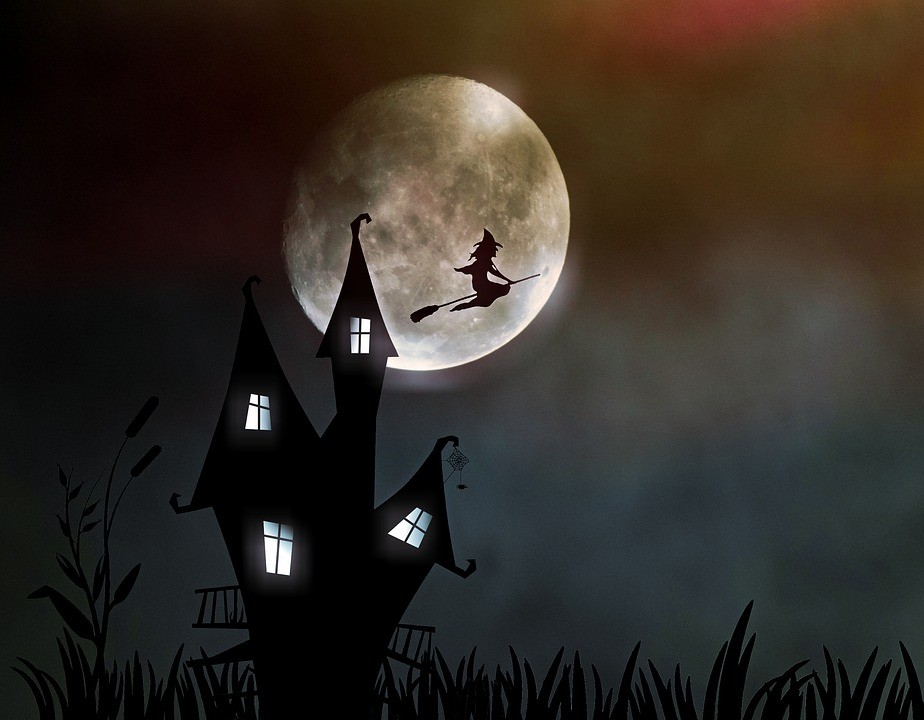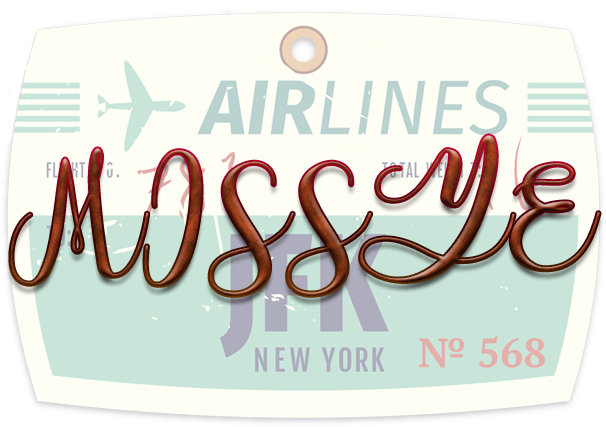
31 Oct What is Halloween ?
Every year we wear scary outfits, bob for apples and carve pumpkins on Halloween – but why?
What is Halloween?
Well, Halloween or Hallowe’en (a contraction of All Hallows’ Evening), also known as Allhalloween, All Hallows’ Eve, or All Saints’ Eve, is a spooky celebration observed every year in a number of countries on October 31 – the eve of the Western Christian feast of All Hallows’ Day, also known as All Saints’ Day. In 2017, Halloween falls on a Tuesday.
The Americanised (Americanized?) Halloween that we experience today actually originated in the Celtic fringes of Britain, and was adapted over the decades by Christian traditions, immigrants’ conventions and an insatiable desire for sweets.
What is the history behind Halloween?
The origin of the festival is disputed, and there are both pagan and Christian practices that have evolved into what Halloween is like today.
Some believe it originates from the Celtic pagan festival of Samhain, meaning ‘Summer’s End’ which celebrated the end of harvest season.
Gaels believed that it was a time when the walls between our world and the next became thin and porous, allowing spirits to pass through, come back to life on the day and damage their crops. Places were set at the dinner table to appease and welcome the spirits. Gaels would also offer food and drink, and light bonfires to ward off the evil spirits.
The origins of trick or treating and dressing up were in the 16th century in Ireland, Scotland and Wales where people went door-to-door in costume asking for food in exchange for a poem or song. Many dressed up as souls of the dead and were understood to be protecting themselves from the spirits by impersonating them. More about that below.
The Christian origin of the holiday is that it falls on the days before the feast of All Hallows, which was set in the eighth century to attempt to stamp out pagan celebrations. Christians would honour saints and pray for souls who have not yet reached heaven.
What has Halloween got to do with dressing up?
Celts dressed up in white with blackened faces during the festival of Samhain to trick the evil spirits that they believed would be roaming the earth before All Saints’ Day on November 1st.
By the 11th century, this had been adapted by the Church into a tradition called ‘souling’, which is seen as being the origin of trick-or-treating. Children go door-to-door, asking for soul cakes in exchange for praying for the souls of friends and relatives. They went dressed up as angels, demons or saints. The soul cakes were sweet, with a cross marked on top and when eaten they represented a soul being freed from purgatory.
Nicholas Rogers, a historian at York University says that when people prayed for the dead at Hallow Mass, they dressed up. When praying for fertile marriages, “the boy choristers in the churches dressed up as virgins. So there was a certain degree of cross dressing in the actual ceremony of All Hallow’s Eve.”
In the 19th century, souling gave way to guising or mumming, when children would offer songs, poetry and jokes – instead of prayer – in exchange for fruit or money.
Happy Halloween if you celebrate and have a ghoulish Day 🙂
Until da next Tyme

No Comments